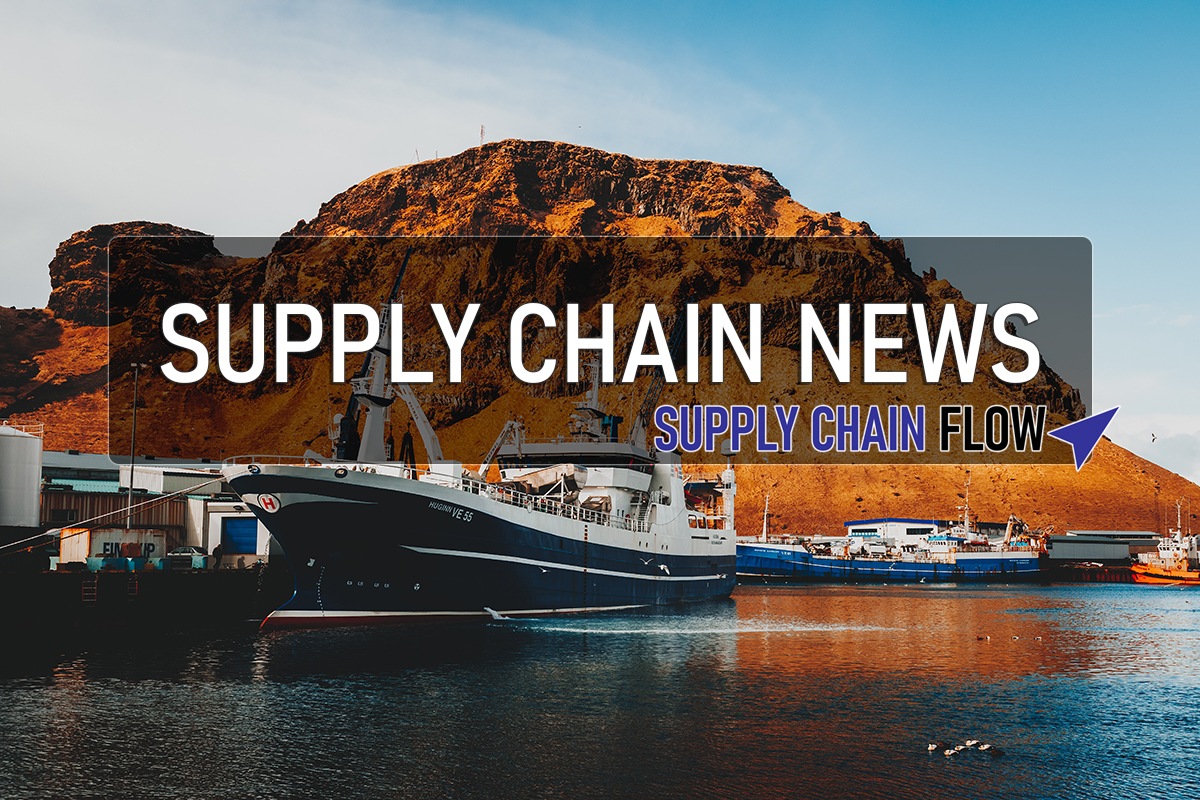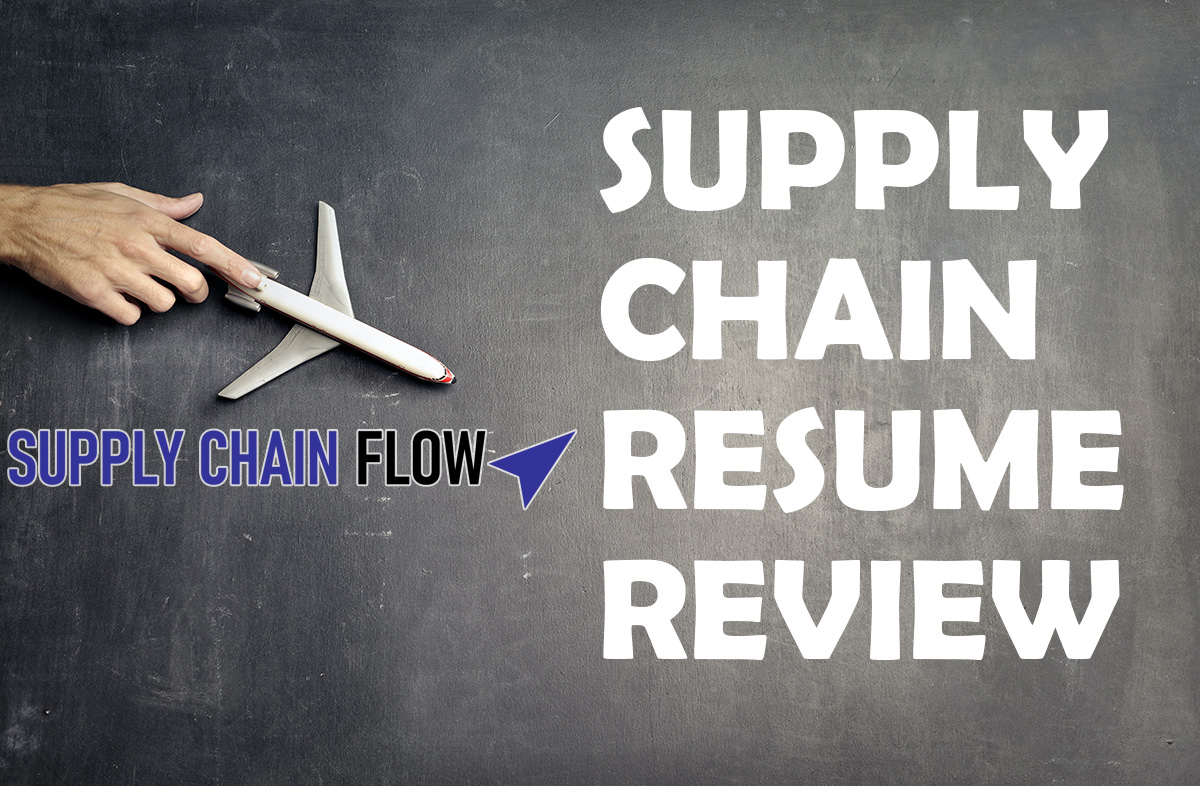What programs should I learn to succeed in Supply Chain?

Early Supply Chain associates typically ask what programs they'll be using in their careers. If you're in an entry-level role, or if you're freshly graduated - the good news is that almost every company will train on the job.
Most companies have a suite of legacy systems that probably haven't been updated in a while. Programs that are ingrained in larger companies become extremely difficult and complex to upgrade or adapt to new systems - especially when talking about ERP systems, that are typically full of specific customizations that would need to be applied to any new system. So I would not worry about attempting to learn specific ERP systems until you are in your new role.
Within Supply Chain, there are some universal programs that can prove to be incredibly useful. Anytime you are working in data, there is probably a program that can help you read, analyze, and visualize the data to make better and faster decisions. This is a great path to take if you're looking towards continuous improvement, data analytics, and helping your coworkers with something that can make their lives easier.
Below I'll discuss some of the key programs and languages used within Supply Chain. To reiterate, all companies should be training on-the-job. It is useful however to having an understanding of these tools and how they work when getting into a new role or company.
Microsoft Access
Microsoft Access has been around since 1992, going on 30 years of use. It's more efficient at handling larger datasets than Microsoft Excel; It can handle up to 2GB of data including all objects. You can also link other databases together, each with the limit of 2GB. This is massive amounts of data, and works well to parse your information into specific file formats. When talking about data, it's better to have your important numbers within a database rather than Excel. In Excel, users can create, edit, change around numbers without much rhyme or reason and with even less of an audit trail, making them a bit unreliable when trying to analyze and maintain data compliance. In the end, we need our data to make sense and be in a standard format.
Microsoft itself is making a big push towards Azure, even going so far as to end official Microsoft certifications for Access as of June 2021. However, Microsoft Access will still be supported (so far) as a large number of customers still use Access to support their legacy systems. In supply chain, this is clear - all of the companies I've come across still use Access. It has a smaller footprint than other potential applications, and it's efficient, especially in terms of supply chain data.
Microsoft Access vs. Azure
Azure seems like a great program; however, Azure is meant to handle big data quickly. Being on the cloud, a big advantage is you can get pretty fast speeds. With Microsoft Azure's billing model, you only pay for the sever space you use as well. Access can handle similar amounts of data as well, but offers an end-user interface that Azure doesn't currently allow. In Access you can essentially create an app itself; and allow your end users to simply hit a button to upload data into your database.
There are certainly pros and cons to each program, and depending on your business needs, one will lend itself better than the other. There are many factors to consider; If your business is trying to make a decision, I'd recommend getting a group of people together who have worked in both programs, and backgrounds from operations to IT, to create a comprehensive pro's and con's list.
PowerBI
PowerBI is another standard program, included in the Microsoft suite of tools, that a majority of supply chains may use in order to create dashboards. Dashboards are visualized data; think charts, graphs, and infographics in order to illustrate any number of things. Dashboards are great for communicating status, KPI's (Key performance indicators), or progress to a wide array of people throughout Supply Chain, and the core fundamental of PowerBI is learning how to analyze data and communicate your analysis effectively. All in all, a great tool to use.
Tableau
Tableau is again a program used to analyze and visualize data to create dashboards. A competitor of PowerBI, most people that I encounter in Supply Chain prefer Tableau as a program. There are certain limitations to PowerBI that are not present in Tableau. Unfortunately, with Microsoft including PowerBI in their suite, most organizations opt for the cheaper option for software rather than the best or easiest to use.
Programming Languages
When talking about databases in Supply Chain, including Access and Azure, there are a few programming languages that you should be aware of. Don't be intimidated; simply knowing these concepts are useful. Typically when you are rising through Supply chain positions, they will allow you to learn the below on the job. If you're looking to boost your knowledge outside of work, at the bottom of the post I've included resources for learning that you might find useful.
VBA (Visual Basic for Applications)
VBA is a programming language developed by Microsoft alongside Excel. The main goal of Excel VBA is to automate repetitive tasks. The language itself can only function within Microsoft applications (Access, Excel, Outlook), it cannot work standalone.
It's incredibly useful to understand what you can automate - like sending emailed reports automatically from Excel through Outlook. You can absolutely transform your day-to-day work using VBA if your organization uses the Microsoft suite of applications.
If you ask a computer programmer, they'd say VBA is coding for non-programmers. Visual Basic 6 is a newer language also worth looking into, as you can create standalone apps
SQL (structural query language)
SQL is a great language to start out with from a programming perspective. SQL is considered a language that programmers use as well. Its main purpose is to communicate with and manipulate databases
DAX (Data Analysis Expressions)
Similar to VBA, DAX is another Microsoft oriented language used in PowerBi and Power Pivot. It operates similar to Excel functions, however the syntax is a bit different, and instead of referencing just one Excel sheet, DAX functions are used to calculate using whole columns or complete table data. Basically, it computes a whole lot more data than the Excel functions that you may already be used to.
You can find the official DAX Microsoft documentation here.
Other Automation Programs
Alteryx
Alteryx is an incredibly user friendly way to automate the same things that Access databases can do.
UIPath
UIPath is essentially your own robot program, which an emulate repetitive tasks that humans do.
Learning Microsoft Access Resources
- Review of the Udemy Course: Microsoft Access 2016 Master Class: Beginner to Advanced
- Access 2016 - Free lessons on Youtube by Kirt Kershaw
Learning PowerBI Resources
Learning Tableau Resources
Learning Access VBA
Learning SQL
- Practical SQL
Learning DAX resources
Learning Alteryx Resources
Learning UIPath Resources



